
Introduction
The 2006 SKILLS robotics challenge was centered on being able to play a
modified version of basketball. Specifically, the game was to be played
by a maximum of four robots at a time, with a center net approximately
five feet above the ground, as seen in Figure 1. The objective of the game was to
score as many junior sized footballs into the single net as possible within
the allotted time. Increasing the challenge of reaching the five foot
high net was a constraint requiring a robot volume
of eight cubic feet. Eden High School sponsored two robotics teams with a budget
of one-thousand five hundred dollars. Many of the used components were
recycled from previous robotics teams to save costs.
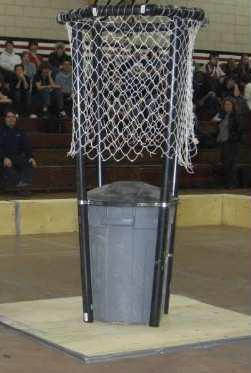
Figure 1- A view of the center net into which the junior size footballs must be scored.
The net stands at a height of 5 feet.
Each robot's starting position was within one of the four field corners. The playing field consisted of a 24 foot square area with a four foot square area in the center which contained the scoring net. Outside of the playing field were designated driver and spotter's areas as seen in Figure 2.
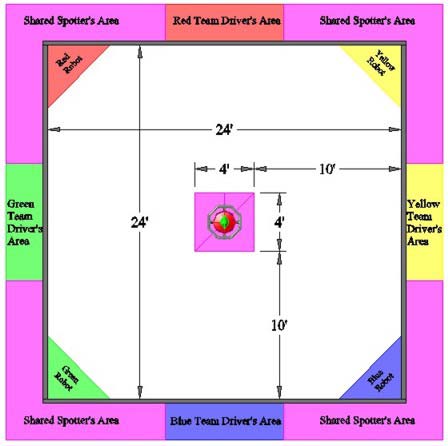
Figure 2- Above is a plan view of the playing field with given dimensions[1].
Design Solution
The solution was concieved from a loophole in the rules. The requirements stated that only
six PWM channels were to be used to communicate with the robot. By using two receiver units,
two robots could be used with one controller. The initial idea was to enable one of the two
sections of the robot to be fully autonomous. The purpose of the first section of the robot
was to gather footballs and queue them onto the second, such that one would be a stationary
conveyor belt, and the other would be the fetching slave. Figure 3 shows the initial wire frame
AutoCAD sketch. The blue and white lines indicate the base T unit, which carries the conveyor
system. Whereas the C unit is indicated by the red lines, and was the “fetcher”.
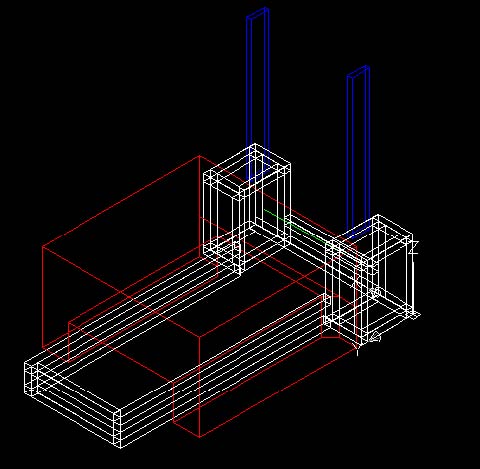
Figure 3- From hand sketches, a 3D AutoCAD wire frame was made to couple the two robots
together, and allow for quick modifications and general build guidelines.
-The Red lines indicate the fetching robot (C unit)
-The Blue lines indicate the conveyor linear bearing assembly that could be extended.
-The white lines outline the base T unit, namely the section that remains stationary
during the competition and “dunks” the footballs into the net via a conveyor belt.
Since the most complicated piece of the design was the conveyor system AutoDesk Inventor modelling was performed in order to ensure that the system would be functional. The simplistic solid model could be used to extend the collapsing conveyor and ensure that lengths and angles were correct. The sliders were modeled from a factory 2D AutoCAD drawing including bearings and plastic friction joints, seen in Figure 4.
A detailed assembly of the left slider configuration was constructed. Pulleys were placed in key areas. Figure 5 shows this configuration in detail. Figure 6 shows an aerial view of the base T unit fully extended.

Figure 4- Above is the front view of the desk drawer linear bearings used in the
conveyor assembly. The AutoDesk Inventor model includes all bearings, and friction couplings.
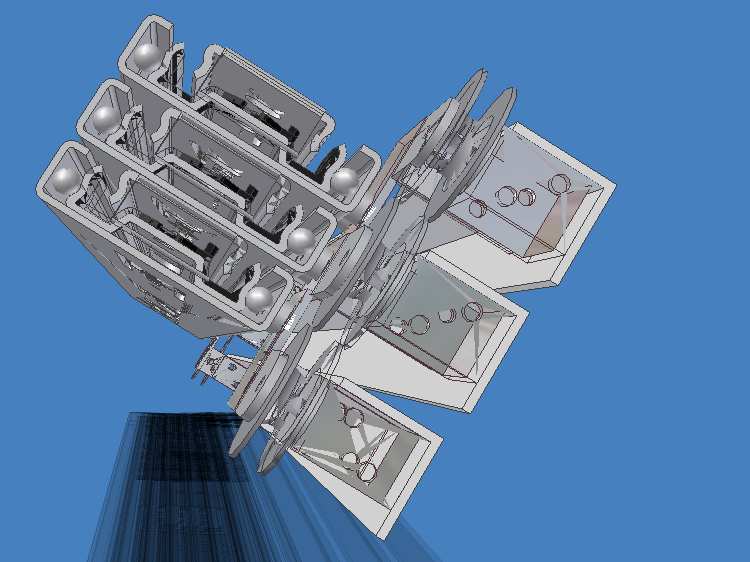
Figure 5- Above is the left slider stack, including pulleys that maintained tension on the
aircraft cable which held the conveyor up.
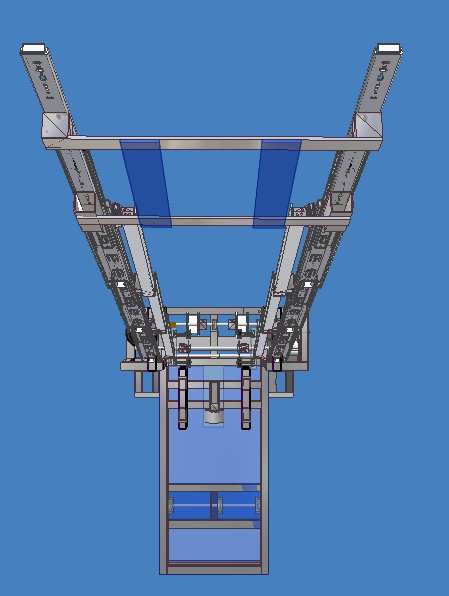
Figure 6- Here is an aerial view of the complete base T unit, with focus on the basic extended
conveyor assembly.
The Build
Since there were two robots to build, time and commitment was of the essence. The team of four was split
into three. Liz was in charge of the assembly of the C unit, David was in charge of the base T unit, with
Chris and Shane who built the conveyor assembly. Along each critical point of construction decisions were
made as a team. Because of the sketching and modelling done prior to construction, the frames of each part of
the robot were completed quickly. It was the finalization of the machines that was time consuming. Electrically
deprived frames of the robot are shown in Figure 7. At this point of construction only accessories such as the ball
retrieval mechanism on the C unit, and the conveyor on the base T unit were in need of completion before
electrical systems could be mounted.
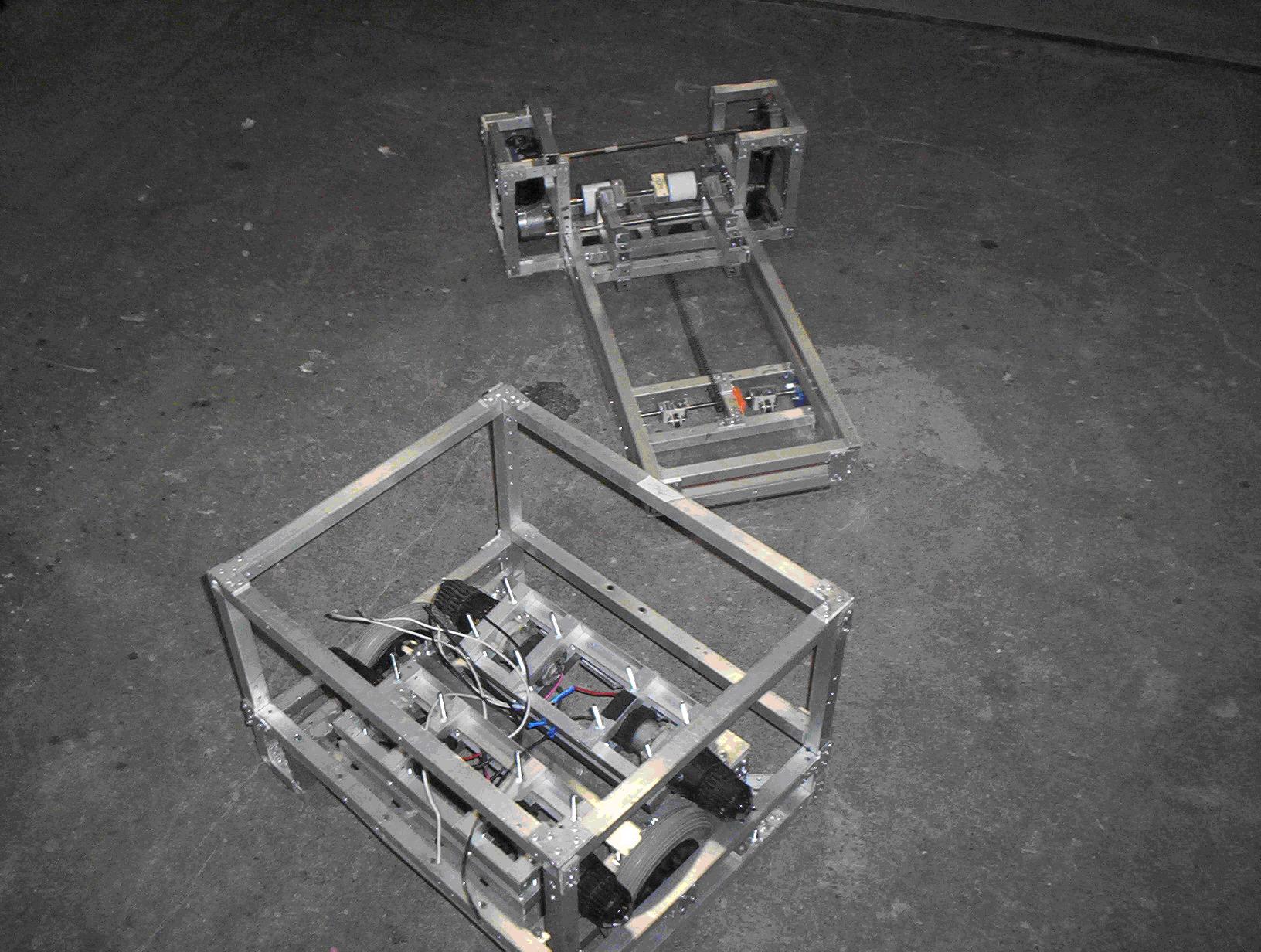
Figure 7- This figure shows the preliminary structures of both the base T unit (top) and the C
unit (bottom). In this image, the base T unit does not have the conveyor mounted, and the C unit does
not yet have the retrieval claw attached. At this stage all of the mechanical components were assembled,
excluding the electrical system body mouldings and accessories.
Software code
Programming was done in the ANSI C language on a Microchip 18F8520 PICmicro microcontroller and was
planned to govern the base T unit completely. Although all planned features were not implemented, the
controller still controlled aspects such as sequentially raising and lowering the conveyor, anchoring the base to
the ground so that it could not be moved, as well as the electromagnetic attachment between the base T unit and
the C unit. Features that were not implemented included automatic control of the conveyor.
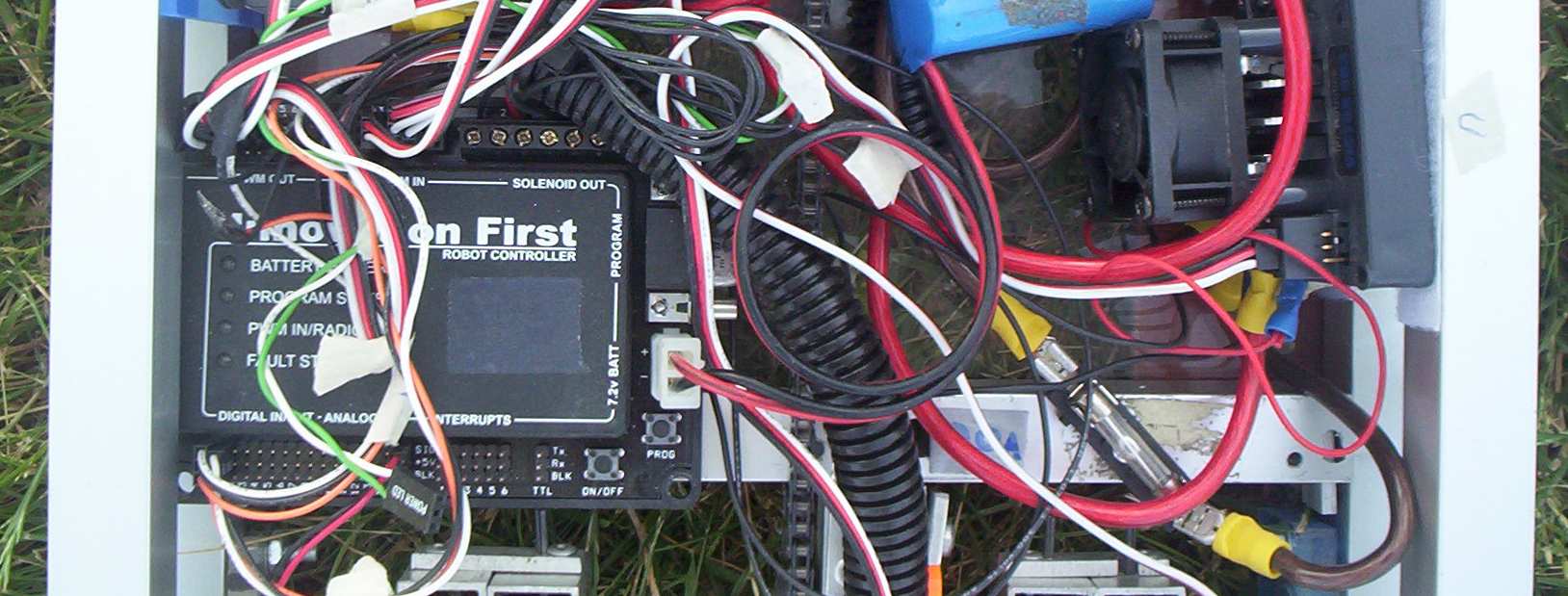
Figure 8- The controller is shown on the left side of the image. The microcontroller was intended to govern the
whole base T unit. Due to time restrictions, it only controlled basic movements such as interactions between the
C unit and the raising of the conveyor.
The Competition
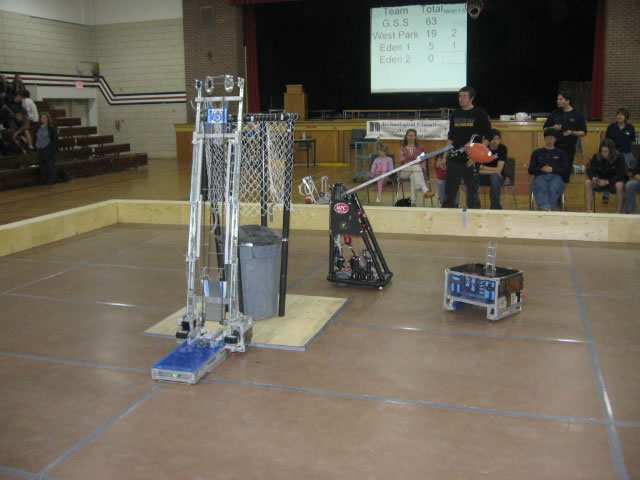
Figure 9- As can be seen above in the round between only two teams, the two blue robots belong to the Eden #1
team. Here the base T unit is fully extended and is waiting for a football to be placed in its queue. Meanwhile,
the C unit is in the process of picking up a football. Once picked up, it will drive to, and straddle, the blue area
on the base T unit, and place the ball in the queue. Near the top of the image, the scoreboard can be seen,
amplifying overall results. As can be seen, Grimsby (the Canadian Champions) took a far lead to other teams
such as West Park. The average number of balls we would enter in one round was maybe one or two, since the
majority of the game time was spent fumbling with the ball in an attempt to pick it up.
The Team
Chris Wiebe
-Conveyor construction & design
-AutoCAD
David Mikolajewski
-Team leader
-AutoCAD
-AutoDesk Inventor
-Electrical system
-Programming
Liz vanOverbeeke
-C unit frame construction
-C unit claw construction
-AutoCAD
Shane Dirksen
-Conveyor construction & design
-AutoCAD
Refferances
[1] 17TH ONTARIO TECHNOLOGICAL SKILLS COMPETITION, October 21, 2007,
http://www.skillsontario.com/competitions/pdf/2006/Robotics%20Scope.pdf
[view mirrored pdf document]